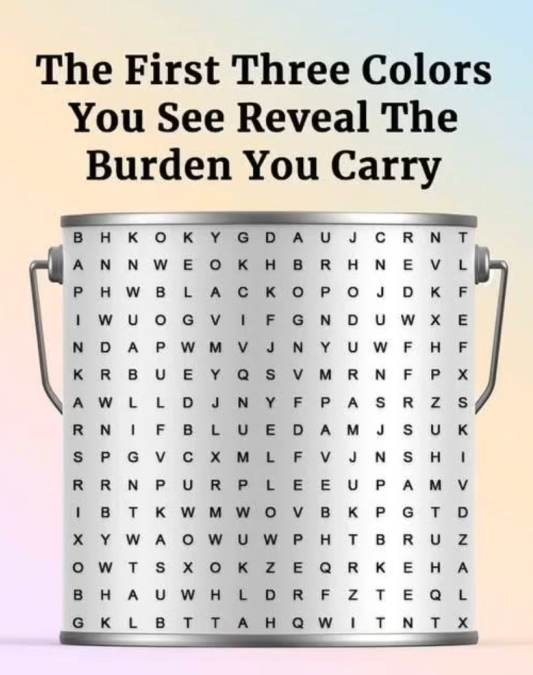Colors carry a hidden language, reflecting emotions, memories, and struggles. The first three colors that draw your attention may reveal what you hold inside.
Emotions & Meanings:
Red: passion, love, or conflict.
Blue: sadness, serenity, or longing for calm.
Purple: transformation, spiritual growth, or deep change.
Our brains respond instantly to hues, sparking feelings before we notice. These reactions stem from biology, personal experience,
and cultural context—white means purity in the West but mourning in parts of the East; red is lucky in China yet signals danger in the West.
To use color for self-discovery, notice which shades attract or repel you. Ask why they comfort,
energize, or unsettle you. Journaling, art, or therapy can uncover deeper meanings.
Science shows colors can influence mood, hormone production, and even healing. Mindfulness can enhance
these effects, and new AI-based therapies are exploring color’s role in mental well-being.
Our color responses begin in infancy, shaped by genetics, experiences, and even trauma. Some hues soothe, others trigger stress, depending on personal history.
Ultimately, the colors you gravitate toward are a mirror—revealing your inner state and guiding you toward understanding and healing.
